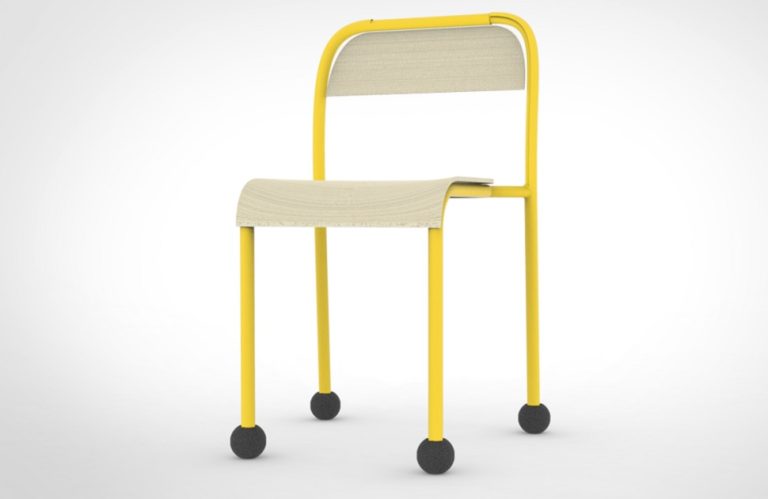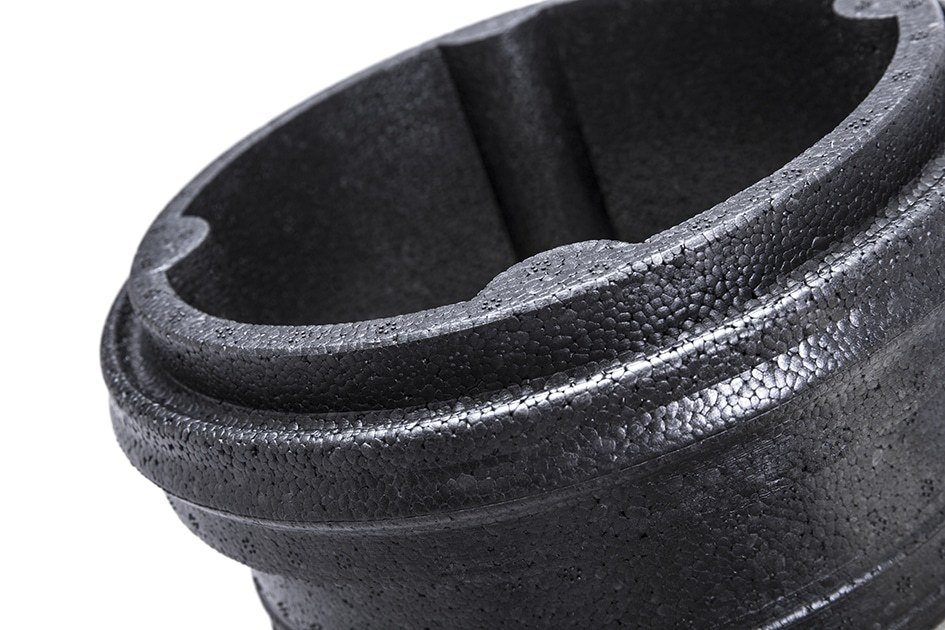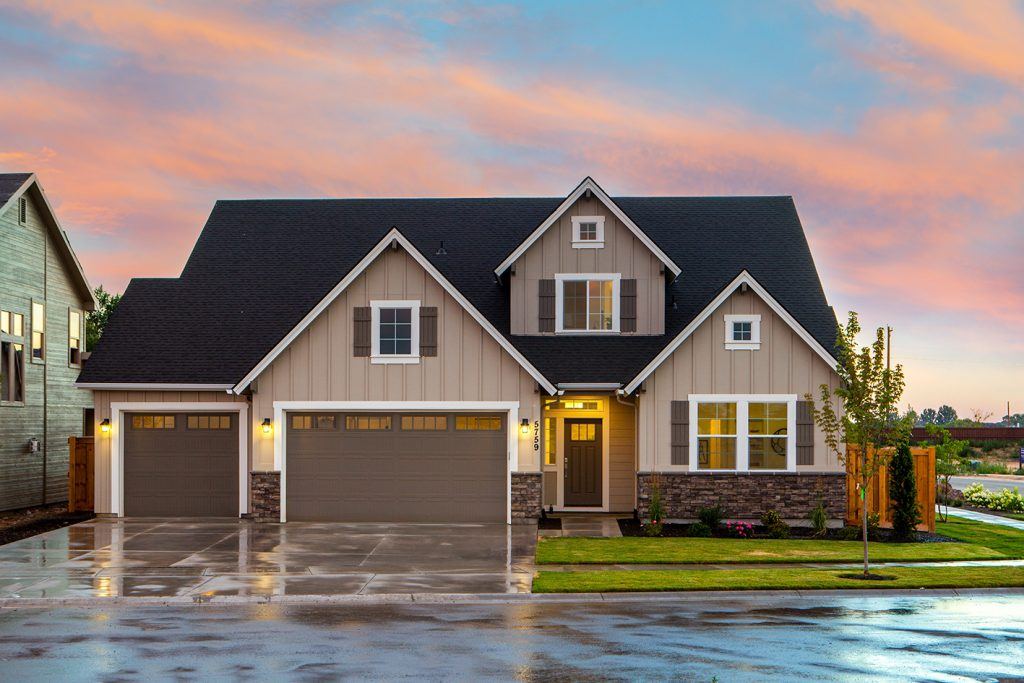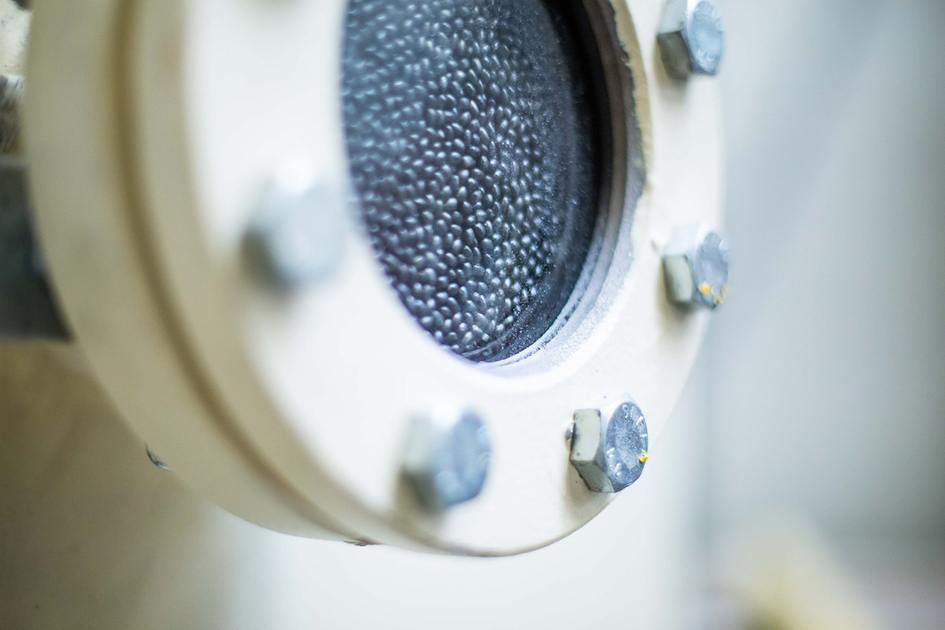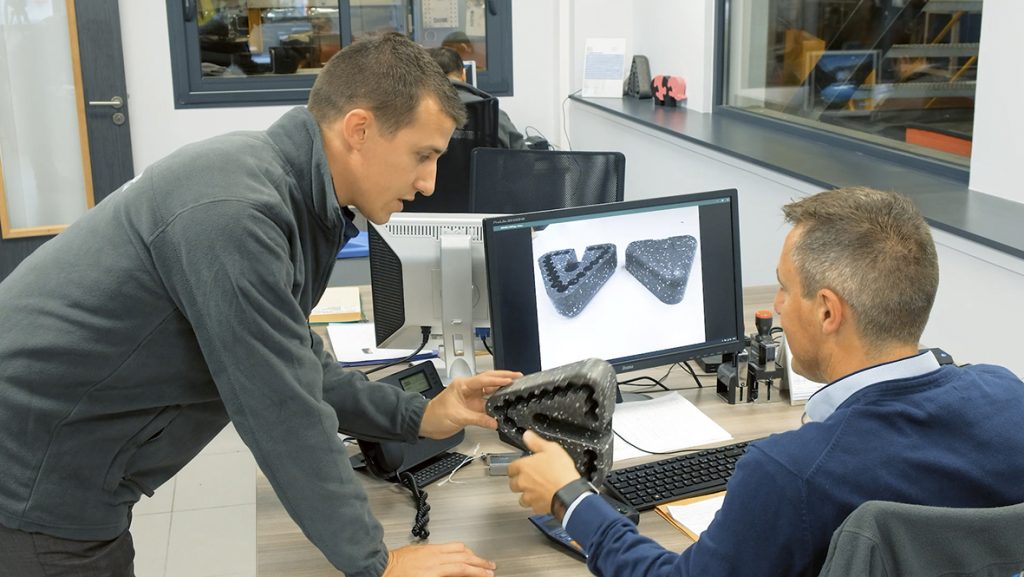Noise in workspaces is not only disturbing. Studies have shown that noise can reduce cognitive performance, slowing down the completion of tasks and increasing the likelihood of errors. It can significantly impact productivity, health, and overall well-being.
It is a huge problem at stores and factories, but also at schools, fast food restaurants and offices, to name just a few. Furniture manufacturers have the chance to innovate with silence friendly furniture made with expanded polypropylene (EPP) and explore new business opportunities.
How does furniture help to reduce noise? Is it expensive? In this article we will explain why manufacturing leg chairs, office panels or EPP shelves can provide your customers easy and affordable solutions for noise control at workplaces.
How does noise affect working environments?
A noisy atmosphere increases the risk of distractions. Even low-level background noise can disrupt focus, especially in tasks requiring deep concentration. It also causes mental stress, reduces creativity and accelerates the feeling of physical fatigue.
Prolonged exposure to noise, even if it is not extremely loud, may cause headaches, irascibility and miscommunication among the employees.
And last, but not least, workers submitted to a noisy environment usually show higher levels of dissatisfaction with the company. This can increase turnover rates and decrease overall morale.
Regulation on noise in working places
There are regulations regarding acceptable noise levels in workplaces. Failure to comply can result in legal issues, fines, and a poor perception among employees and stakeholders.
The Directive 2003/10/EC sets the minimum health and safety requirements regarding the exposure of workers to the risks arising from noise. It requires member states to enforce regulations to protect workers by incorporating preventive measures into the design of workstations and places of work.
Those mitigation strategies include personal protection equipment, like noise-canceling headphones, and other technical solutions for noise canceling at work, like soundproofing materials.
Directive 2003/10/EC. Article 5.1.e)
Noise reduction by technical means:
(i) reducing airborne noise, e.g. by shields, enclosures, sound-absorbent coverings;
(ii) reducing structure-borne noise, e.g. by damping or isolation;
EPP furniture to improve noise control at work
Expanded polypropylene (EPP) consists of up to 95% air. Thanks to its cellular structure it absorbs vibrations, including sound waves, thus providing excellent noise cancelation.
Using EPP for furniture solutions is a smart way to create noise reducing furniture with a contemporary look.
From the sustainability point of view, EPP is a lightweight material that can be almost endlessly recycled into new forms in furniture manufacturing. At same time we have furniture for noise reduction and furniture that helps with waste reduction.
From chairs to modular panels: EPP at work
As we have seen, due to its cellular structure filled with air, EPP reduces unwanted noise. Furniture designers and manufacturers can profit from this sound absorption capacity to create solutions conceived specifically to reduce decibels in noisy places, such as big offices or kindergartens.
School chairs
Teachers have unintendedly created one of the cheapest and useful solutions against loud noise at school: they cut tennis balls and use them to cover students’ chair legs. ‘For noise reduction we use this DIY technique. It is cheap and absorbs the sound of the chair when the kids drag them on the floor’, tell the teachers to the astonished parents.
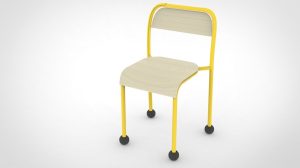
This bricolage lesson protects them from headaches after hours of work at school. It also protects the floor from any damage when displacing the chairs without care.
t is, however, a bit ugly. And, as it is not stuck to the chair, it may not last much. Instead, EPP blocks can be modeled and customized to be fixed on top of chair legs. This smart solution needs no glue, nor screws. It just fits on the leg like a glove and stays in its place longer.
These blocks can be manufactured in different colors to distinguish different groups or classes. For instance, we can have red for 1st course, green for 2nd course and so on.
Modular separation panels
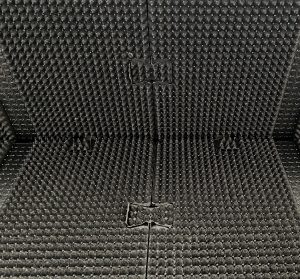
These fake walls can be reconfigured to create different spaces within an office to provide visual privacy. When manufactured with sound-absorbing materials like EPP they also give acoustic privacy.
EPP molding makes it easy to shape these panels in different sizes to fit in every space. They can also be manufactured in different colors.
These adaptable partitions are ideal for creating collaborative workspaces or private areas on demand, enhancing both functionality and comfort in modern office environments.
Shelves
EPP can be used to manufacture shelves in different shapes and colors. Bookshelves and storage units with acoustic panels at the back can help dampen noise in areas where they are placed.
As they cover a part of the wall, these storage solutions also act as a discreet and elegant way of making acoustic screens.
As it happens with modular panels, shelves can be designed in several shapes and sizes and manufactured in a large variety of colors.
How Knauf IS can help furniture manufacturers
As a company we have been working for years with foam materials like expanded polypropylene (EPP). This simple and strong monomaterial is affordable, easy to mould, and it can successfully replace wood or metal in the construction of furniture structural components.
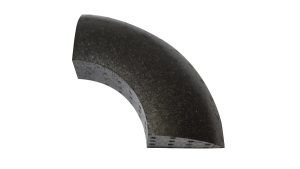
In recent years we have developed RELOOPP®, a recycled material that reduces both plastic waste and furniture footprint. It is already being used for creative design furniture, as the successful Revo. As it is monomaterial, it can be easily recycled.
As an industrial partner, we provide technical assistance to our customers. We help them through all the manufacturing process, from the design to prototype and manufacturing itself.
Are you looking for innovative furniture solutions to battle noise at common working places? We know everything about EPP and can lead you to a new EPP furniture era.
